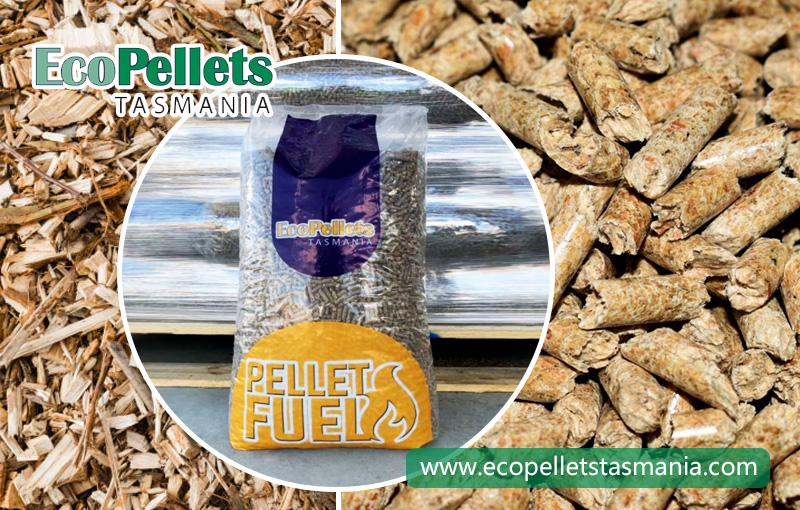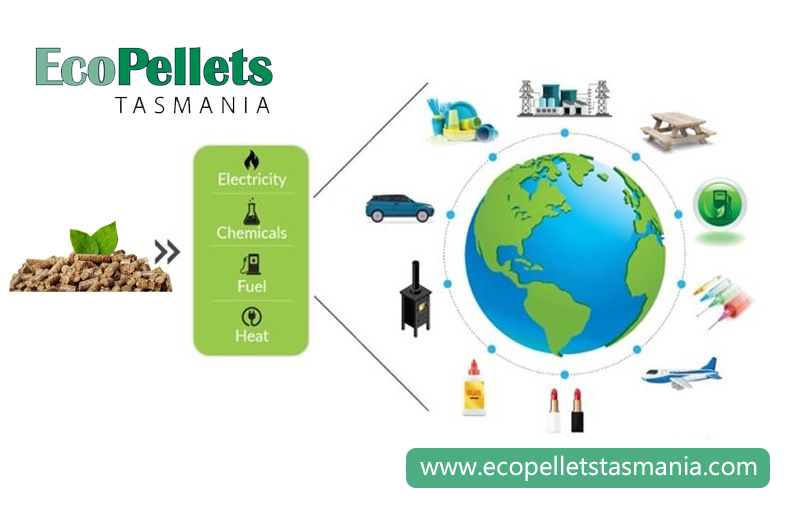Australian wood pellets industry is based on ensuring environmentally sustainable forest management. Its rapid innovation ability makes the industry a global leader and plays a strong role in building a low-carbon economy at home and around the world.

Wood Pellets
Creating new opportunities
Wood pellets offer a world of possibilities, from mitigating the effects of climate change, to opening up new doors to new and improved products that reflect society’s desire for renewable and responsible choices. Driven by champions of the circular economy and motivated by the many benefits of developing australia’s bioenergy industry, tasmania’s wood pellets sector is creating new opportunities for forest health, renewable energy, and economic stability.

What makes wood pellets solution to climate change?
First, you have to think about the fibre that goes into making pellets in Tasmania Australia. Initially, wood pellets came about as a more environmentally friendly process to old beehive burners, an unfiltered system that was used to burn all the sawdust left over from sawmilling. When the beehive burners got phased out, the sawdust had to go somewhere … and pellets were a natural outlet. The pellets are made from “waste” logs recovered from plantation wood harvesting and sawmills. It’s a win-win all around for forest health and for air quality.

